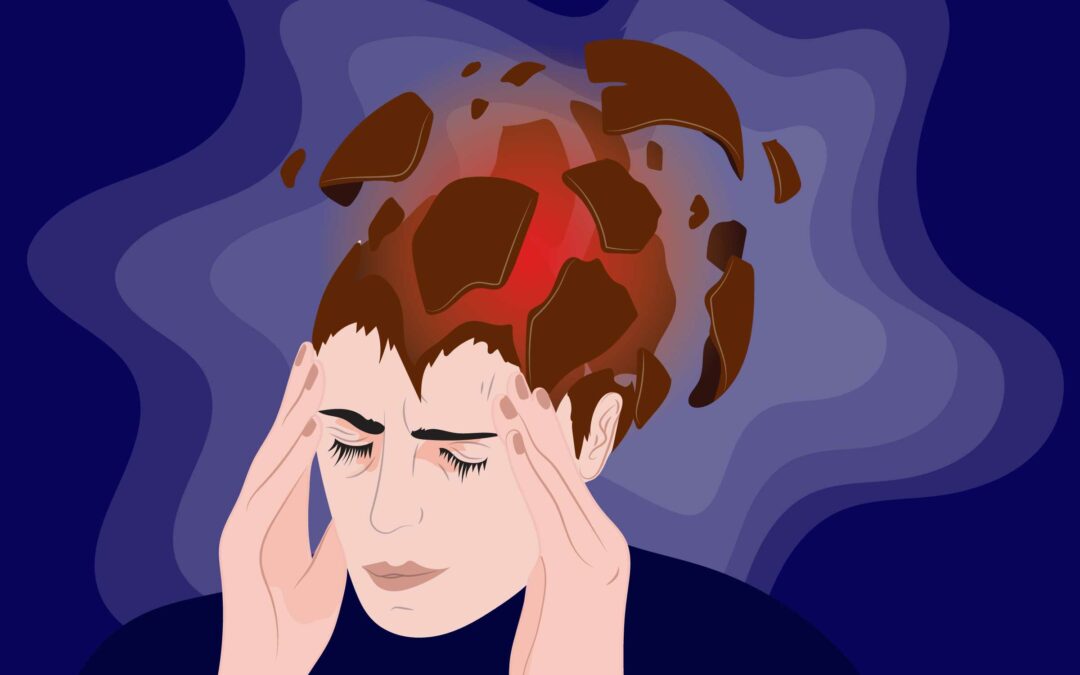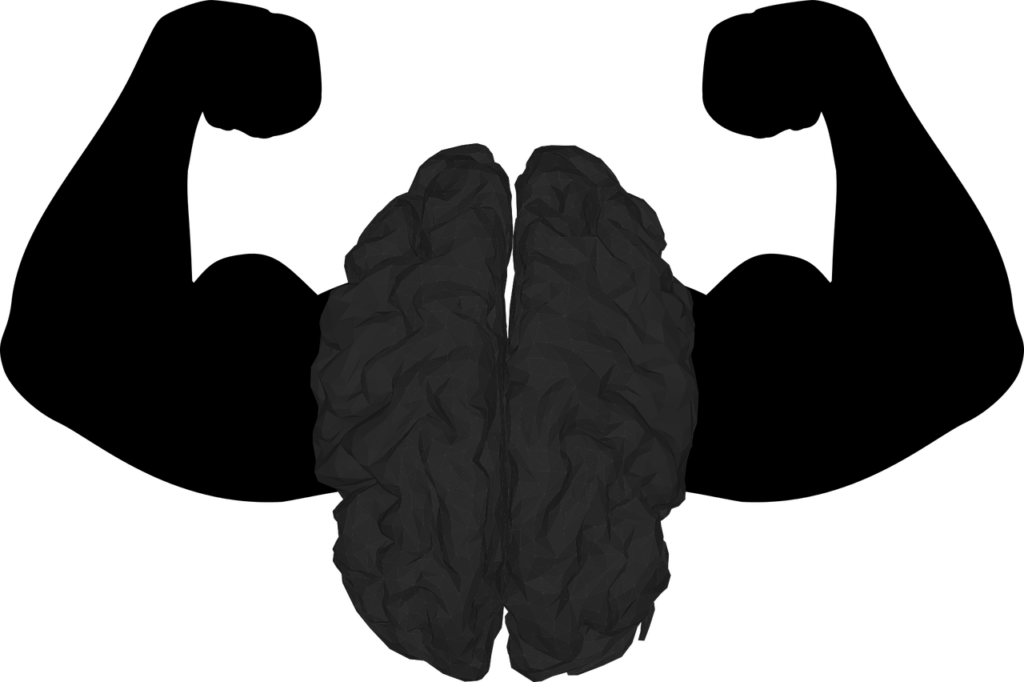A mild stroke occurs when one of the arteries that supply blood to the brain gets blocked. However, the blockage repairs itself quickly.
Some people do not consider mild stroke a severe issue because of the name. But a mild stroke (a.k.a TIA) is often an early warning sign of a chronic stroke. About one out of three people who have a TIA go on to have a subsequent stroke, and the risk of experiencing it is incredibly high in the first 48 hours after a TIA.
Understanding mild stroke, its symptoms, and what its recovery looks like can be life-saving. Keep reading to learn the symptoms of mild stroke and what it can mean for your future health risk factors.
Mild Stroke Symptoms
The kind of symptoms you may experience highly depends on which area of the brain has a blood clot or lacking its flow. So if you experience any of the below-mentioned symptoms, you must immediately go to the emergency for its treatment.
A few of the common symptoms of a mild stroke are:
- Language disorder, dysphasia.
- Physical difficulty when speaking, dysarthria.
- Temporary blindness or vision changes of one or both eyes.
- Weakness or numbness on just one side of the face or body.
- Dizziness or passing out.
- Severe headache.
- State of confusion.
- Balance issues or vertigo.
- Sense of tingling.
It is important to note that these symptoms might go away until you reach the emergency for its treatment. But still, you must make an appointment with a heart specialist to ensure early-stage therapy for your heart problem.
F.A.S.T Diagnosis
Mild stroke symptoms might disappear even before reaching the emergency or a doctor, and it may occur without any warning. However, you could use the “F.A.S.T” technique to diagnose if a person is experiencing a mild stroke.
- F (face) – An uneven smile or a facial droop.
- A (arms) – Numbness, weakness or immediate dropping upon raising an arm.
- S (speech) – Strange or slurred speech.
- T (time) – Quickly call an emergency as this person may have less time to stay alive.
If a person is experiencing all the first three symptoms, you have to either call or take this person for emergency heart treatment.
Doctors Diagnosis
Your doctor may ask you to get an ultrasound, electrocardiogram (ECG or EKG) and chest X-ray to identify the blood clotting in the artery that caused the mild stroke. They may also ask you for an echocardiogram, an image of your heart, to look for clumps of blood inside your heart.
In most circumstances, they may also ask for a CT scan or an MRI scan of your brain to identify the kind of stroke you have experienced – as the symptoms of mild stroke and stroke are almost the same.
Who’s At Risk Of Having A Mild Stroke?
The health conditions that cause a temporary blood supply shortage to your brain include uncontrollable and uncontrollable risk factors, such as:
- Family history – If one of your family members has had a TIA or a stroke.
- Age – Getting older, especially after age 55.
- Gender – Men have a slightly higher risk of a TIA and a stroke at even a young age.
- Hormones – Hormonal medications or therapy increases the risk.
- Prior TIA – If you had any previous TIAs.
Although they are uncontrollable factors, knowing them will let you know when to expect a mild stroke and how you can prepare for it.
Some of the risk factors that can be monitored and controlled may include:
- Diabetes – Narrows the arteries due to fatty deposits accumulation rapidly.
- High cholesterol – Intake of less cholesterol and fat to reduce the fatty substance in your arteries. Your doctor may prescribe a cholesterol-lowering medication.
- High blood pressure – Blood pressure readings higher than 140/90 millimetres of mercury (mm Hg). Your doctor may prescribe medication accordingly.
- Carotid artery disease – Blood vessels leading to your brain become clogged.
- Cardiovascular disease – Heart’s abnormal rhythm, defect, failure, or an infection.
- Peripheral artery disease (PAD) – Blood vessels to your arms & legs become clogged.
- Excess weight – Obesity increases stroke risk in both genders, especially carrying extra weight in the abdominal area.
For each factor, your doctor will prescribe certain practices or medications that’ll help you reduce the chances of getting a blood clot or a gap in its flow to your brain.
Treatment For Mild Stroke
The doctor may choose from the following type of treatment to improve prognosis based on the type of stroke you are or have experienced:
- Medication – May prescribe an intravenous (IV) medication called alteplase to dissolve the blood clot in your artery and return the normal blood flow to the brain.
- Mechanical Removal – A cardiovascular or neurosurgeon may use a stent retriever through an artery to grab the clot and remove it.
- Surgery – To clip the aneurysm to stop bleeding and keep it from bursting again.
P.S: Your doctor may recommend additional treatments depending on your symptoms and medical history.
How To Recover From A Mild Stroke?
After passing the dangerous stage of the mild stroke, the type of rehabilitation for the recovery that you may require will depend on the part of the brain that has suffered from the stroke.
- Right side stroke – Difficulty moving the left side of your body, speaking and swallowing.
- Left side stroke – Difficulty moving the right side of the body.
During or after the mild stroke, the doctor may send you to a rehabilitation facility for the following recovery process:
- Physical or speech therapist – To improve the swallowing and speech ability.
- Counsellor or psychologist – To resolve any psychological issues you might experience due to a mild stroke.
Otherwise, your doctor will provide you with exercises that you can do on your own and schedule an appointment to see physical therapists to ensure your recovery.
However, it takes approximately three to six months to recover, along with exercise, a healthy diet, and medications. Early and timely treatment takes less time and improves prognosis faster. So, you must take your medicine promptly to recover faster from a mild stroke.
Mild Stroke Prevention Tips
A healthy lifestyle to prevent TIA is one of the best solutions. Some of them are:
- Healthy diet – Limit cholesterol intake to reduce the buildup of plaques in your arteries. Eat fruits and vegetables that contain nutrients such as potassium, folate and antioxidants, which may protect against a TIA.
- Limit sodium intake – Avoid excessively salty foods to keep your blood pressure normal and prevent hypertension.
- Limit alcohol drinks – Recommended limit is one for women and two for men a day.
- Control diabetes – Manage diabetes with diet, exercise, and use the medication if necessary and prescribed by your doctor.
- Healthy weight – Maintain weight with a healthy diet and a proper exercise schedule to improve your cholesterol and blood pressure levels.
- Exercise regularly. Regular exercise helps to lower your blood pressure without drugs.
- Don’t smoke. Stopping smoke reduces the risk of a TIA or a stroke.
- Don’t use illicit drugs. Drugs like cocaine increase the risk of TIA.
Maintaining a healthy lifestyle will provide you with the highest possibility to avoid TIA. However, there is still a chance that you might experience a mild stroke due to uncontrollable risk factors. So you must take proper treatment from a doctor if you are anywhere near those uncontrollable risk factors.
To Conclude
A mild stroke is a serious health issue that people often do not take seriously. The worst-case scenario may lead to another mild stroke or an actual stroke.
You can diagnose it by using FAST. And if it’s a mild stroke, immediately go to the emergency for its treatment. After passing the critical stage, you must regularly take follow-ups and prescriptions from your doctor.
Practise the preventions, as it’ll help you reduce the chances of having TIA and recover faster if you already have experienced a mild stroke.




Recent Comments